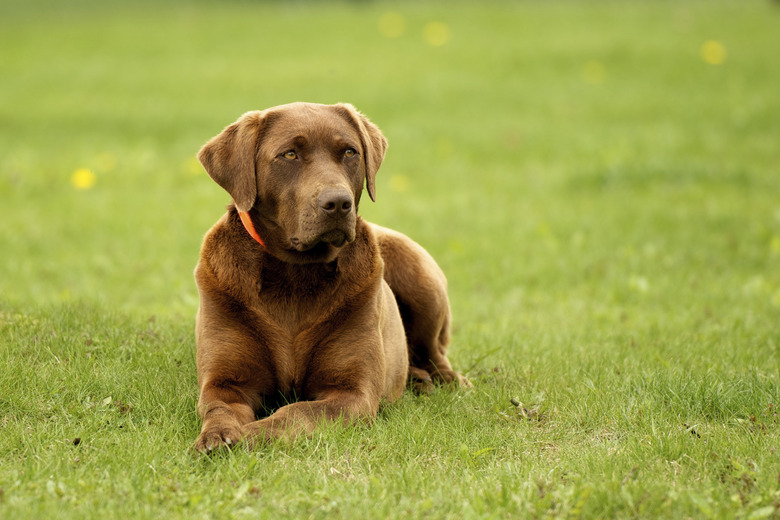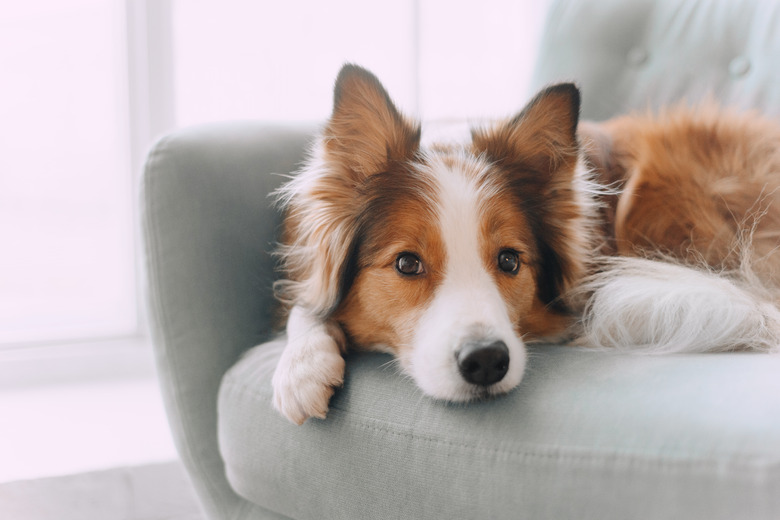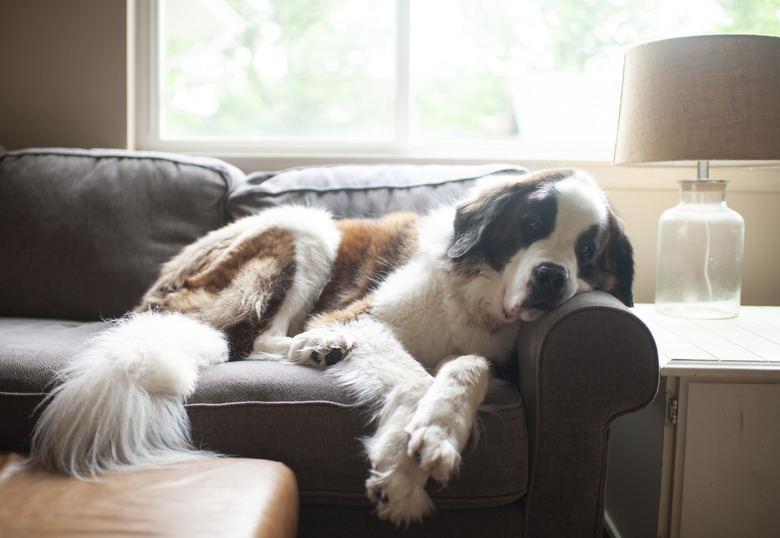How To Kill Insects In Dog Hair
Ectoparasites—creatures that live on the outside of a host's body and feed on tissue, blood, or both—not only make dogs miserable but also transmit disease. Some common dog bugs, such as fleas and lice, are insects. Others, such as ticks, are related to spiders. Pet owners can manage these common scourges themselves, under a veterinarian's oversight. Consulting a veterinarian about medication choices and pest management options is always a good idea. If maggots take up residence anywhere on a dog's body, the only person qualified to handle the problem is a vet.
Vanquishing flea insects on dogs
Vanquishing flea insects on dogs
If you find fleas in your dog's coat, start treatment with a bath in medicated shampoo, combined with a good going-over with a fine-tooth flea comb. Pay particular attention to areas where fleas flee—your dog's face and neck and where the base of the tail meets his body. Dunk the comb frequently into soapy water or a water-alcohol solution to kill the fleas you snag.
Consult your vet before you decide on which of literally hundreds of anti-flea products on the market to use for the next phase of treatment. Standard options include topical liquids applied to the back of the dog's neck monthly, monthly tablets or chewables, and sprays, powders, and shampoos.
Lice insects on the dog's fur
Lice insects on the dog's fur
If you notice your dog scratching and biting at himself but find no evidence of fleas, check for lice. If they're present, you can expect to see their pale, oval, translucent eggs, called nits, affixed to hairs close to your dog's skin, as well as oval-shaped insects about the size of fleas moving in his fur. Of the two louse species that infest dogs in North America, sucking lice are more common than chewing lice, which are intermediate hosts for tapeworms. Sucking lice sink their mouthparts into the dog's skin, creating puncture wounds that can easily become infected.
Neither medicated shampoos nor fine-toothed combs may be fully effective by themselves for lice. Consult a vet to find out which of the lice-killing dips, washes, sprays, and dusts on the market are best for your pet.
Disinfecting the indoor environment
Disinfecting the indoor environment
Getting rid of insects on dogs is only a stopgap solution unless you eliminate the generations of unhatched insects and pupae awaiting their chance to jump or crawl onto your dog from rugs, bedding, and upholstery. Everything else your dog has come in contact with, including collars and grooming tools, must be carefully cleaned. The heat from a clothes dryer on the highest temperature setting does a good job of destroying eggs. A vacuum cleaner also picks them up efficiently, but you must be sure to seal and discard the vacuum bag outside the house.
Detaching ticks from your dog
Detaching ticks from your dog
Ticks can transmit infections within 24 hours of latching onto a dog, so if you live in a tick-prone environment, check your pet regularly and thoroughly for these bloodsuckers and detach them before they can do any harm. Wear protective gloves and use fine-point tweezers to seize the tick as close as possible to your dog's skin and "pull outward in a straight, steady motion," making sure to get the whole bug, since residue can cause infection.
Drop the tick into a small container such as a pill bottle containing rubbing alcohol, mark the date on it and save it in case your dog starts developing symptoms of illness; you'll need to show it to your vet. Clean your dog's skin with antiseptic and clean the tweezers with rubbing alcohol.
"Flystrike" maggot infestations
"Flystrike" maggot infestations
Some flies like laying eggs in living bodies. Maggot infestation, called flystrike or myiasis, can occur to clean, healthy dogs as well as to neglected or homeless animals. Flies are attracted to odors given off by injured flesh, which can include skin infections and irritations. They can also burrow into a dog's rectum or vagina. After the eggs hatch, the maggots start feeding on dead skin cells; but when that's gone, they release an enzyme that breaks down healthy tissue, allowing them to tunnel underneath the skin, releasing toxins as they go.
Symptoms may include a boil, typically around the head, neck, and trunk; maggots may or may not be visible. Don't squeeze or interfere with the boil in any way, get your dog to the vet as soon as possible.


